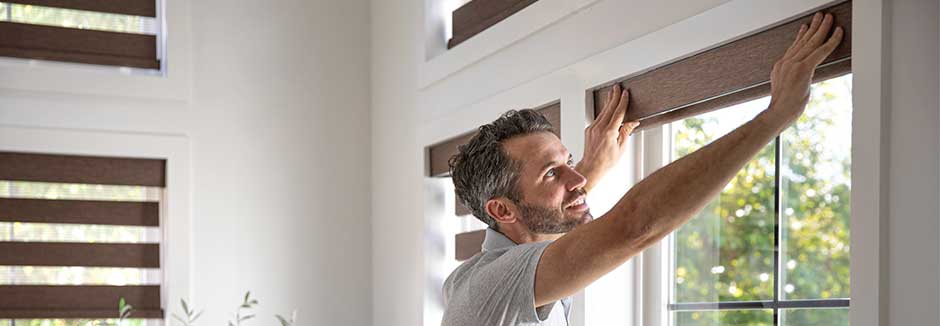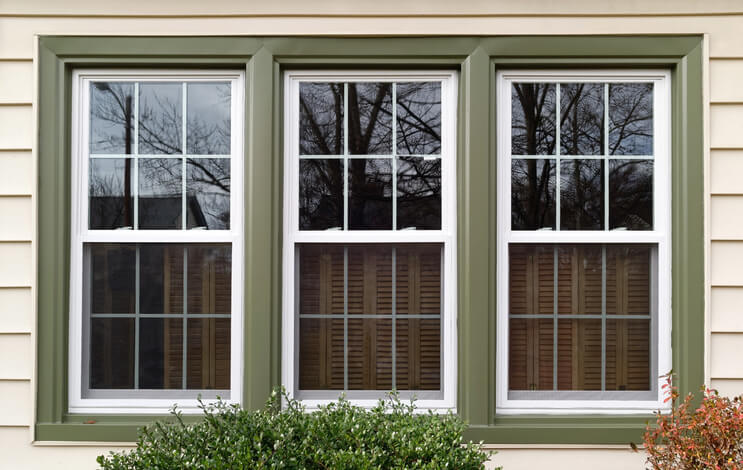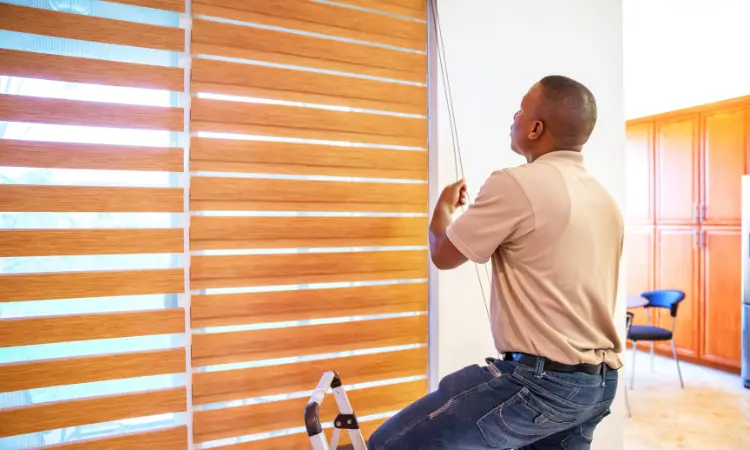
Transforming your home with new window blinds can dramatically enhance both its aesthetic appeal and functionality. However, the success of this transformation hinges on a proper blind window installation. This guide will walk you through every step, ensuring your blinds are installed securely and look fantastic.
Why Proper Blind Installation Matters
A well-executed blind window installation is more than just hanging a piece of fabric or wood. It’s about:
- Functionality: Ensuring your blinds operate smoothly and effectively.
- Aesthetics: Achieving a clean, professional look that complements your interior design.
- Longevity: Preventing damage to your blinds and windows by securing them correctly.
- Safety: Minimizing risks associated with loose or improperly installed blinds.
Essential Tools for Blind Installation
Before you begin, gather the necessary tools. Having these on hand will streamline the installation process:
- Measuring Tape: For accurate window measurements.
- Pencil: For marking drill holes.
- Drill: With appropriate drill bits for your wall type.
- Screwdriver: Either manual or powered.
- Level: To ensure your blinds hang straight.
- Stud Finder (optional): If mounting into drywall without studs.
- Safety Glasses: To protect your eyes.

Step-by-Step Blind Window Installation Guide
1. Accurate Measurements
The first and most crucial step is to measure your windows accurately. Determine whether you’re performing an inside mount (within the window frame) or an outside mount (outside the frame). Measure the width and height of the window in three places (top, middle, and bottom) and use the smallest measurement to ensure a proper fit. For outside mounts, measure the area you want the blinds to cover.
2. Preparing the Mounting Surface
Once you have your measurements, prepare the mounting surface. For inside mounts, ensure the inside of the window frame is clean and free of obstructions. For outside mounts, mark the desired location on the wall. If using a stud finder, locate studs for a more secure installation. If not, use appropriate drywall anchors.
3. Marking and Drilling Pilot Holes

Hold the blind’s headrail in place and mark the location of the screw holes with a pencil. Use a level to ensure the headrail is straight. Drill pilot holes at the marked locations. For drywall, use anchors if necessary.
4. Attaching the Brackets
Attach the mounting brackets to the drilled holes using screws. Ensure they are securely fastened and level. Test the brackets by attempting to wiggle them; they should be firm.
5. Installing the Blinds
Slide the blind’s headrail into the installed brackets. Make sure it clicks or locks into place securely. Test the operation of the blinds by raising and lowering them, as well as tilting the slats. Ensure they move smoothly and evenly.
6. Final Adjustments
Make any necessary adjustments to the blinds. Check that they are level and that all components are functioning correctly. If you have a valance, attach it according to the manufacturer’s instructions. Clean up any debris and enjoy your newly installed blinds.
Tips for a Flawless Installation
- Read the Instructions: Always refer to the manufacturer’s instructions for your specific blinds.
- Double-Check Measurements: Accuracy is key to a perfect fit.
- Use the Right Tools: The correct tools make the job easier and safer.
- Don’t Rush: Take your time to ensure each step is done correctly.
- Seek Professional Help: If you’re unsure or uncomfortable with any step, consider hiring a professional installer.

Choosing the Right Blinds for Your Space
Selecting the right type of blinds is just as important as the installation. Consider factors like:
- Light Control: How much light do you want to filter?
- Privacy: How much privacy do you require?
- Style: What style of blinds complements your decor?
- Material: What material best suits your needs and environment?
Whether you choose Venetian, roller, vertical, or wooden blinds, a proper blind window installation will ensure they look and function their best. By following these steps and tips, you can achieve professional results and transform your space with beautiful, functional window treatments.





